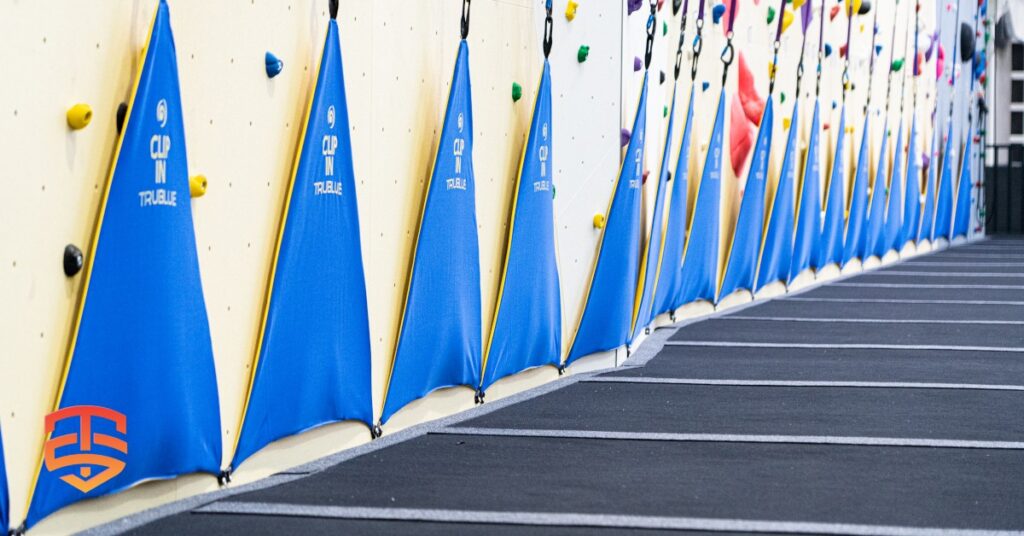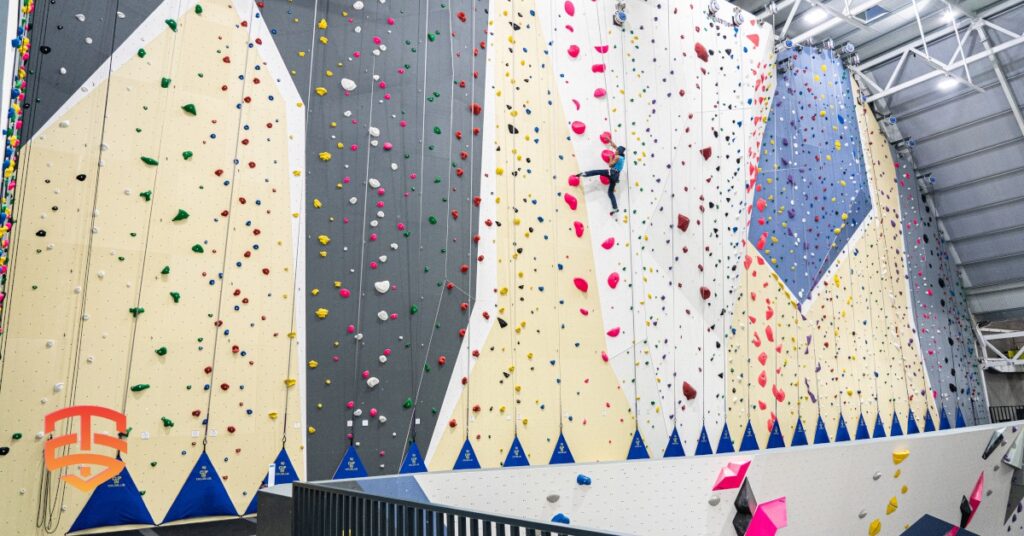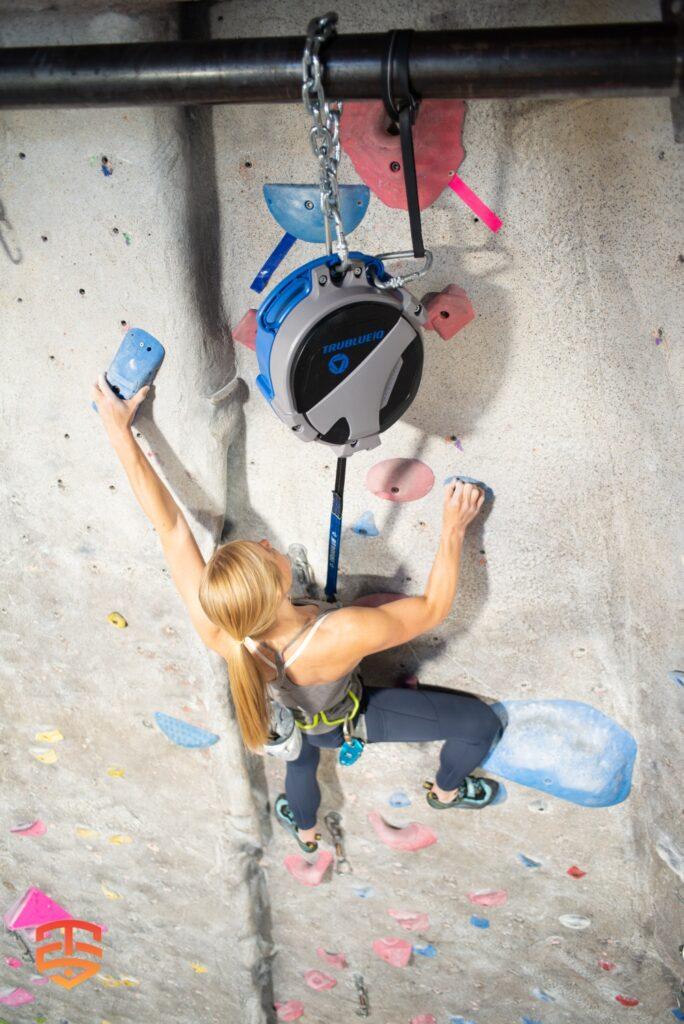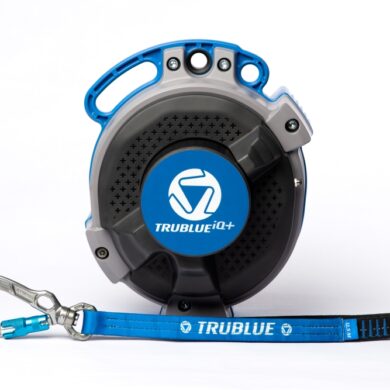
Embarking on an indoor climbing adventure is both thrilling and empowering. However, the incorporation of technology, such as auto belay systems, necessitates an understanding of the significance of safety measures. Auto Belay Safety is paramount in ensuring that climbers can focus on scaling new heights with the confidence that they are adequately protected. This article delves into the various aspects of auto belay safety, from understanding climber behavior to employing the latest innovations in auto belay systems. Join us as we ascend into the realm of safe climbing practices.
When indoor climbing is mentioned, adrenaline and excitement come to mind. But, are you aware of the safety measures in place? Welcome to the modern, secure era of climbing gyms with Auto Belay Systems!
The Revolution of Climber Safety
Safety in indoor climbing gyms has evolved significantly, thanks to insightful research and development. Recently, a study by Prof. Jon Heshka in 2022 titled “Understanding Climber Behaviour in Climbing Gyms” set the tone for heightened safety surrounding auto belay systems in climbing gyms. It highlighted the importance of understanding climber behavior to minimize accidents.
The Emergence of Auto Belay Barriers and Gates
An auto belay gate? Yes! This is one of many innovations produced by different firms, aimed at significantly reducing accidents associated with climbers forgetting to clip in. This, in addition to warning systems and alternate connecting devices, adds an extra layer of protection.
The Magic Behind Auto Belay Systems
The auto belay system is your silent climbing partner. By retracting a lanyard as you ascend, auto belay systems provide the freedom of climbing without a human belayer. While they don’t prevent falls, they ensure a controlled descent in case you lose grip. Indoor climbing enthusiasts use auto belays to hone climbing skills and boost sport-specific strength.

Empowering Climbers Through Orientation and Assessment
Orientation is Key: Facility operators are mandated to provide comprehensive orientations to climbers who use auto belay equipment. These orientations, which can be executed through powerful video demonstrations, should emphasize correct equipment usage and individual responsibilities.
Assessment to Ascertain Competence: After the orientation, an assessment phase ensures that climbers have the essential skills to safely navigate auto belay devices. This involves not just a quiz, but a practical demonstration of knowledge and skills.
The Mighty Guard: Barriers and Belay Gates
To further enhance safety, climbers are now shielded by auto belay barriers. These barriers define the auto belay area and dramatically decrease instances where climbers neglect to clip in. They serve as a visual reminder and sometimes incorporate warnings and instructions.
Personal Responsibility: Climber, Know Thy Gear!
The cornerstone of safety lies in personal responsibility. As a climber, knowing your equipment – the harness, connectors, and auto belay – is crucial. Comprehending the rules, potential hazards, and your capabilities leads to a culture where climbers embrace their safety responsibilities.
Direct Communication and Signage: Building Awareness
Climbing is inherently perilous. Facility operators must disclose the risks associated with auto belays and the duties of the climber. This is achieved through direct communication, signage, and visual reminders like posters.
Red Alert: Warning Systems
Integrated into the modern auto belay setup, warning systems detect irregularities in climber movement relative to the auto belay device. Sensors trigger an audio or visual alarm if they sense an anomaly, alerting the climber and the facility staff.
A Closer Eye: Supervision and Security Cameras
Auto belays should be used without supervision only after a thorough orientation and assessment. However, certain circumstances may necessitate supervision. Additionally, security cameras play an essential role in monitoring and recording the auto belay areas for compliance and incident documentation.
Inspections: The Rituals of Safety
Regular inspections of the auto belay devices and documentation are critical to ensuring their reliability and safety. Consulting the operation manuals and liaising with manufacturers for recommended inspection schedules is paramount. The documentation of all inspections must comply with the facility’s record-keeping practices and guidelines.

Innovations and Additional Safety Approaches
Grouping for Clarity: Operators have adopted the strategy of grouping auto belays in a designated area. This streamlines orientations and clarifies which routes can be climbed using auto belays. Additionally, it enhances the customer experience by reducing wait times.
Function Limitations: Some operators restrict auto belay use to specific wall heights or climbing activities. For instance, auto belays may be exclusively employed for speed climbing.
Multiple Connectors: To reduce the possibility of incorrect connections, some auto belay systems use two connectors or employ a keyed system. Though this introduces redundancy and complexity, it encourages climbers to be more attentive when preparing to climb.
Auto Belay Rescue Protocols: Climbing gyms must have comprehensive rescue and emergency action plans in place that include procedures for auto belay rescues. Participants must be oriented on their roles in rescue situations.
The Climber’s Role in Auto Belay Rescues
Since auto belay systems are designed for solo climbing, it’s essential that climbers understand their part in rescue situations. They must be familiar with the gym’s emergency protocols and know how to alert staff or use available equipment to facilitate a rescue if necessary.
Capturing the Action Through Surveillance
Security cameras serve not just as a surveillance tool, but also as a learning instrument. Capturing near-misses and mistakes committed by participants can assist in refining facility policies. Moreover, surveillance can provide vital documentation in case of incidents.
In Conclusion: The Climber’s Creed
While auto belays revolutionize indoor climbing, it is vital to remember that they do not eliminate the inherent risks of climbing. They come with their set of concerns since they are designed for solitary use. It is imperative for climbers to be cognizant of these hazards and to take personal responsibility for their risk management. By engaging in a symbiosis of diligent orientation, persistent communication, technological innovations, and personal responsibility, climbing gyms and enthusiasts can create an environment where exhilaration meets safety, and where passion scales new heights. So climbers, let’s embark on this ascent – responsibly!
As we reach the summit of our exploration into Auto Belay Safety, it is evident that being well-informed and adhering to safety protocols are fundamental in making the climbing experience both exhilarating and secure. Auto belay systems have revolutionized indoor climbing, but they come with a responsibility that both facility operators and climbers must shoulder. By fostering a culture of safety through proper orientations, technological innovations, and personal accountability, we can ensure that the thrills of climbing are never overshadowed by avoidable perils.

Vertical Auto Belay systems
Grow your climbing community by providing more access to more routes for more climbers.
Auto Belay makes climbing simple and approachable, turning first-time users into return customers. TRUBLUE Auto Belays are engineered to minimize maintenance and are built to last. Our patented magnetic braking system, delivers the smoothest user experience, the highest level of reliability, and dramatically reduces device downtime.
Dive Deeper: Exploring Auto Belay Technology with Expert Insights
Auto belays are transforming the world of indoor climbing, offering convenience and safety for climbers of all levels. But how exactly do they work, and what are the key considerations for using them? To learn more about the intricacies of auto belay technology and gain valuable insights from experts in the field, check out our additional resources below…
- Comparison of Auto Belay’s: what’s new in the TRUBLUE iQ series
- Using Technology to Make Your Climbing Gym Accessible and Inclusive
- A Closer Look at the Auto Belay System
- Next Generation Auto Belay – TRUBLUE iQ
- Every modern climbing gym should have these 5 features
- Everything You Need to Know about Buying Auto Belays
- Increase Revenue and Customer Satisfaction at Family Entertainment Centers
- Catch-and-Hold: What is it and how does it work?
- Leading the Way in profitable and safe climbing
- Why Family Entertainment Centers Trust TRUBLUE Auto Belays
- Creating Value for Customers by Using an Auto Belay
- TRUBLUE iQ+ World’s first catch-and-hold auto belay
- Drive Revenue and Customer Satisfaction with Auto Belays
- 7 Ways Magnetic Braking Is Better Than Friction
- No Belayer Necessary: Understanding Auto belays
- Competitive Advantage of an Auto Belay
- ROI at Climbing Walls and Family Entertainment Centers
- Auto-Belay and hands-free climbing challenges
- Why using Auto Belays Boosts your Business
- The Science of Eddy Current Magnetic Braking
-
 TRUBLUE iQ+ | Catch & Hold Auto Belay€ 4.399,00 – € 4.759,00 Ex VAT
TRUBLUE iQ+ | Catch & Hold Auto Belay€ 4.399,00 – € 4.759,00 Ex VAT -
 TRUBLUE SPEED Auto Belay | 7,5 – 16 meter€ 2.799,00 – € 3.059,00 Ex VAT
TRUBLUE SPEED Auto Belay | 7,5 – 16 meter€ 2.799,00 – € 3.059,00 Ex VAT -
 TRUBLUE iQ Auto Belay | 4,5 – 20 meter€ 2.799,00 – € 3.159,00 Ex VAT
TRUBLUE iQ Auto Belay | 4,5 – 20 meter€ 2.799,00 – € 3.159,00 Ex VAT







